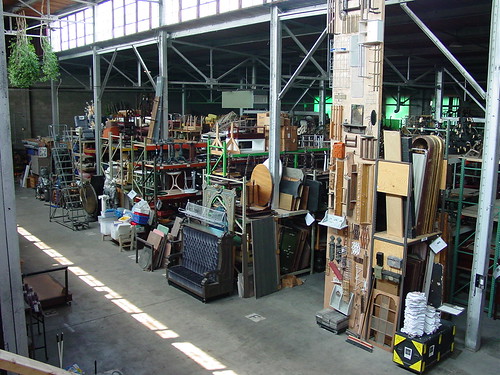I wanted to talk about Halloween today. It’s a long ways off, but since Friday the 13th is kind of like mini-Halloween, I figured I can get away with it. What does Halloween have to do with props? It’s the most DIY holiday; every year, millions of people make their own costumes and decorations. It’s probably the biggest season for amateur prop-building. With the internet, there is all sorts of pages filled with photographs, tutorials, guides, inspiration, and discussions.
This is not just useful to the props artisan who needs advice on how to build a skeleton for a show; with enough creativity, you can adapt many of these props for non-Halloween challenges. A how-to guide for building a vampire who rises out of a coffin can be altered to make flowers rise out of the ground; a tutorial for a homemade fog machine can be used for any number of effects onstage.
So here are some links to keep you busy for awhile:
The Monster Page of Halloween Links – This is a huge list of links, some of them good, some of them, not so much. It’s divided into sections, so be sure to scroll past the long list of individual projects at the beginning. The last section links to some more general tutorials.
Instructables – They do a good job of promoting Halloween-related material, so there’s quite a good deal of tutorials here. The DIY Halloween 2008 and DIY Halloween 2007 contest pages are some good jumping-off points for delving into what’s available here, or you can just search for everything tagged with “Halloween“.
Halloween Prop Building For The DIY Home Handyman and Beginners Alike – A much smaller and more selective list of links to tutorials and resources around the internet. The descriptions of the sites are a great help too.
Books – I haven’t read any books on Halloween prop building, so I can’t really recommend any. However, you can head over to Amazon, and do your own research; their recommendation engine is pretty top-notch, and checking out a user-made list, such as So you’d like to… Have Great Halloween Festivities, will give you a quick introduction to some of the more popular books on this subject.
I know this list seems short, but these links are merely gateways to much larger lists of tutorials and resources throughout the web. I hope these prove useful; at the very least, I hope it has gotten you thinking about alternative sources for information about building props.

